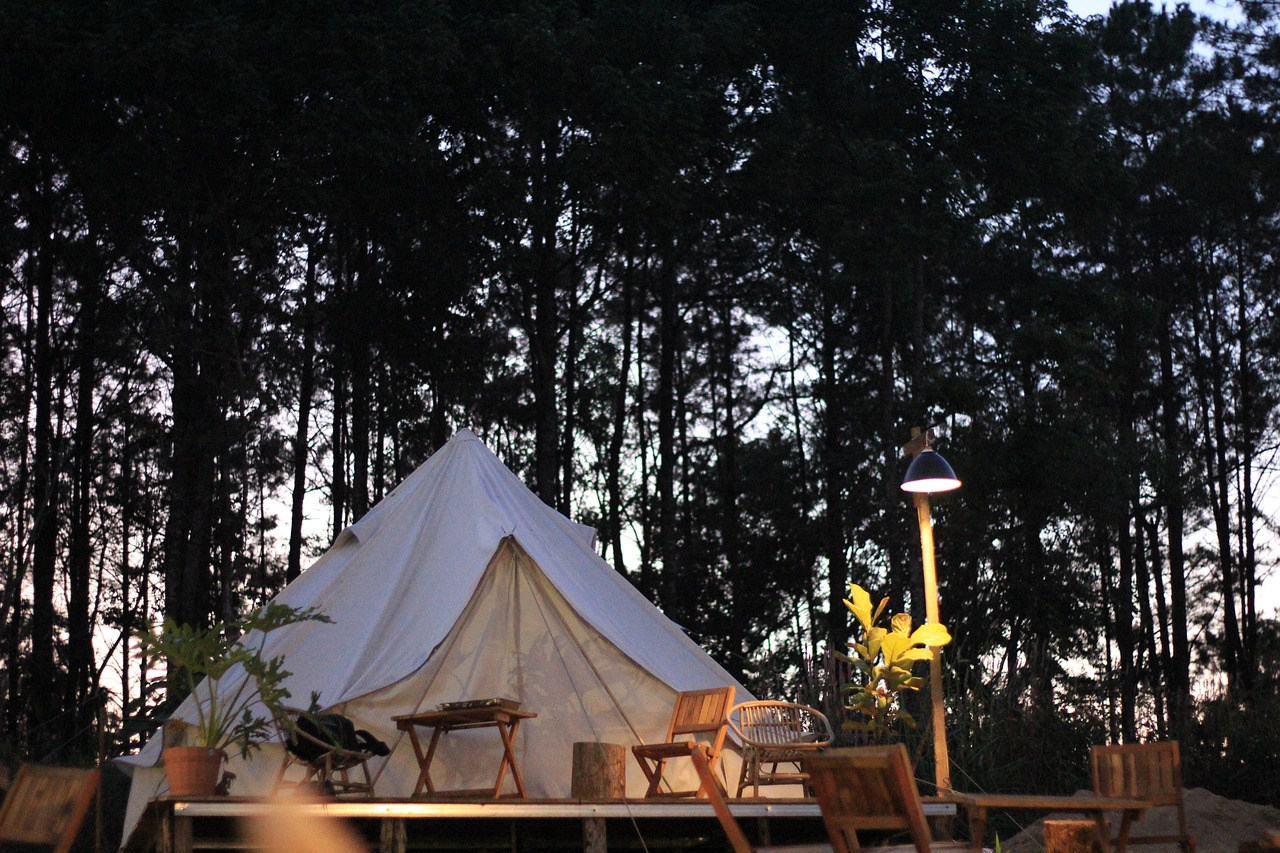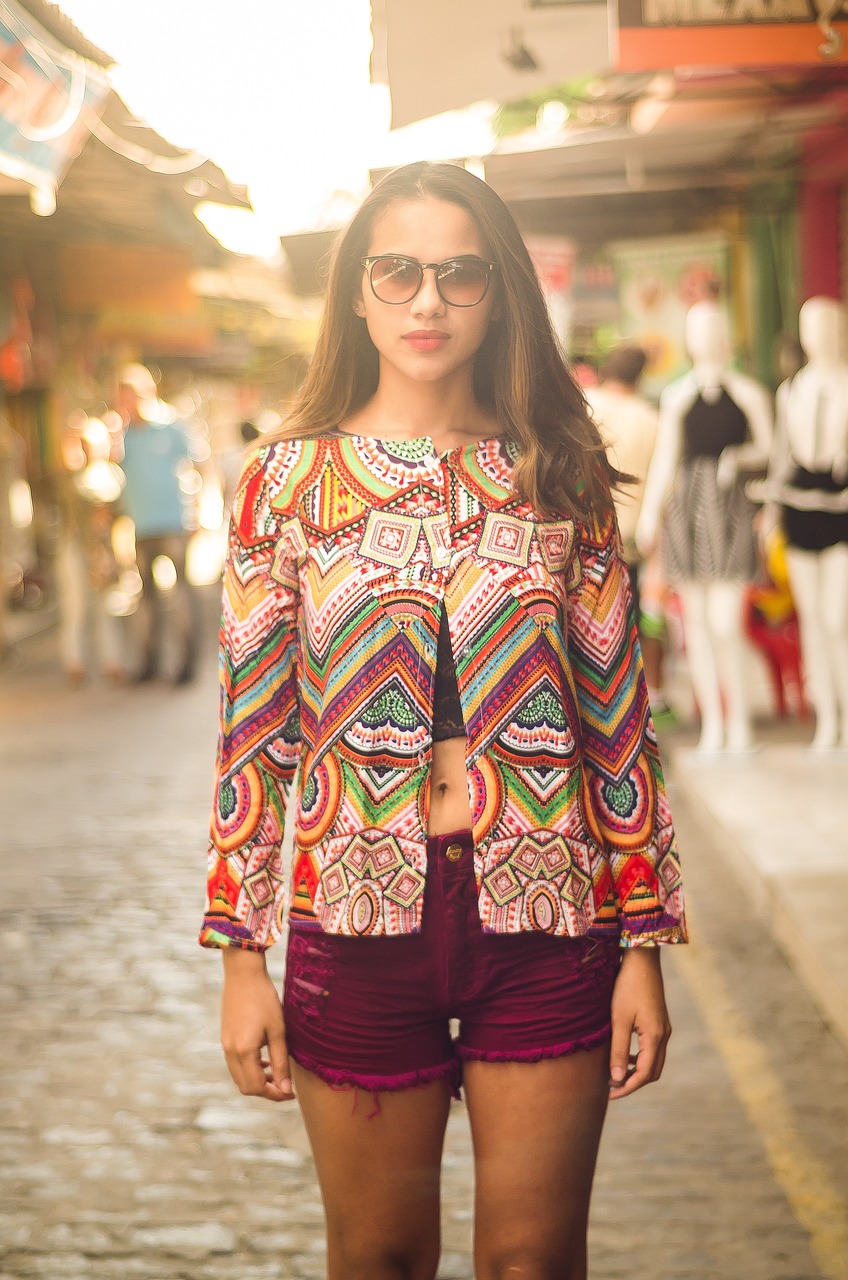"Unveiling the Allure of Minimalist Fashion Trends"
Fashion trends come and go, but the concept of minimalism has steadily carved its niche in the sartorial world. Stripping things down to the essentials, it's a refreshing antidote to the relentless cycle of fast fashion. But what is it about minimalist fashion that makes it so appealing, and how has it evolved over time?

The Birth and Evolution of Minimalism
Minimalist fashion emerged from the minimalist art movement of the 1960s and 70s. The concept was simple: reduce everything to its necessary elements. Over time, this philosophy seeped into the fashion world, where it was embraced for its clean lines, neutral color palettes, and the idea of “less is more.”
The minimalism trend saw a significant revival in the 90s, driven by designers like Calvin Klein and Jil Sander. Today, it continues to evolve, with a focus on high-quality materials, sustainability, and timeless design.
The Rise of Minimalist Fashion in the Modern World
In the age of fast fashion and consumer culture, minimalist fashion provides a refreshing change. It encourages thoughtful consumption, choosing quality over quantity, and investing in pieces that will last. This shift in consumer behavior is a reaction to the environmental impact of fast fashion and the desire for a more sustainable lifestyle.
The Influence of Minimalism on Shopping Habits
Minimalist fashion has significantly impacted consumer behavior. It promotes a “fewer, better” mentality, encouraging people to invest in high-quality, versatile items that last. This trend has led to a rise in capsule wardrobes, where a small selection of interchangeable pieces forms the backbone of a person’s wardrobe.
Practical Insights into Minimalist Shopping
- Focus on Quality: Invest in high-quality pieces that will withstand the test of time.
- Versatility is Key: Choose items that can be mixed and matched to create multiple outfits.
- Neutral Palette: Stick to a neutral color palette for effortless matching.
- Less is More: Resist the urge to buy in bulk. The idea is to have fewer, but better-quality items.
The Impact of Minimalist Fashion on the Industry
The minimalist fashion movement has forced the industry to re-evaluate its practices. Brands are now focusing more on sustainable materials and ethical manufacturing processes. The shift toward timeless design also means less waste and overproduction, making the fashion industry more sustainable.
Embracing Minimalist Fashion
Minimalism is not about sticking to a rigid set of rules, but rather embracing a philosophy that values quality over quantity. It’s about creating a wardrobe that reflects your personal style, without being driven by fleeting trends. With its focus on sustainability and mindful consumption, minimalist fashion is a trend that’s here to stay.
In conclusion, minimalist fashion is more than just a style; it’s a lifestyle choice. It encourages us to rethink our shopping habits and make more sustainable choices. By focusing on quality, versatility, and timeless design, we can create a wardrobe that not only looks great but also reduces our impact on the environment. It’s a fashion trend that’s not just about looking good, but feeling good too.





